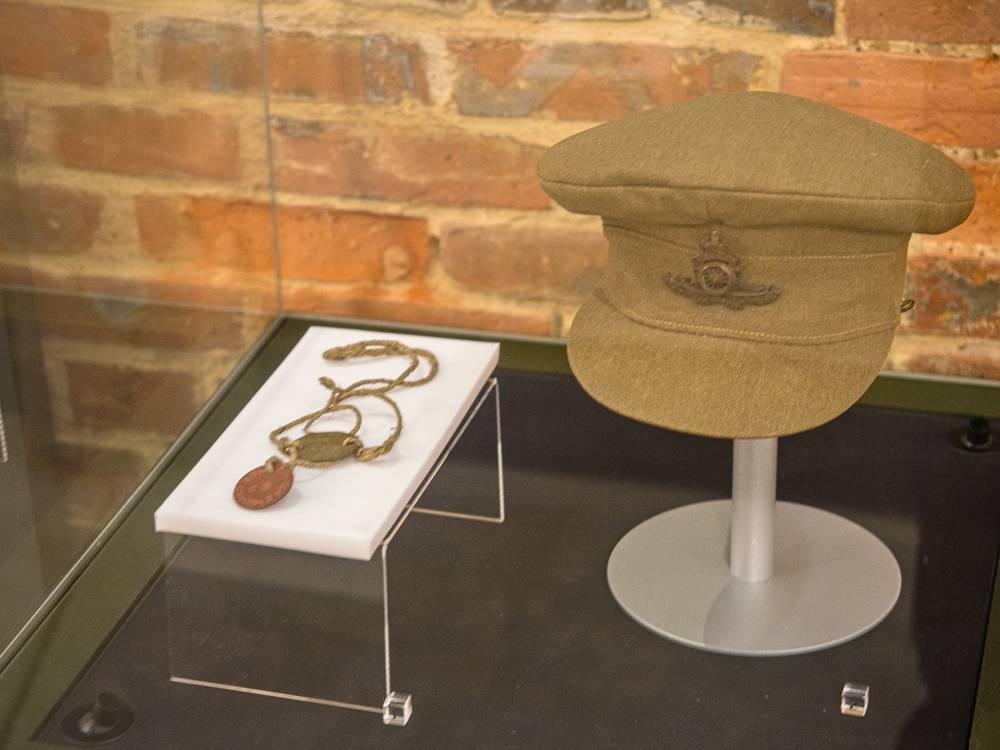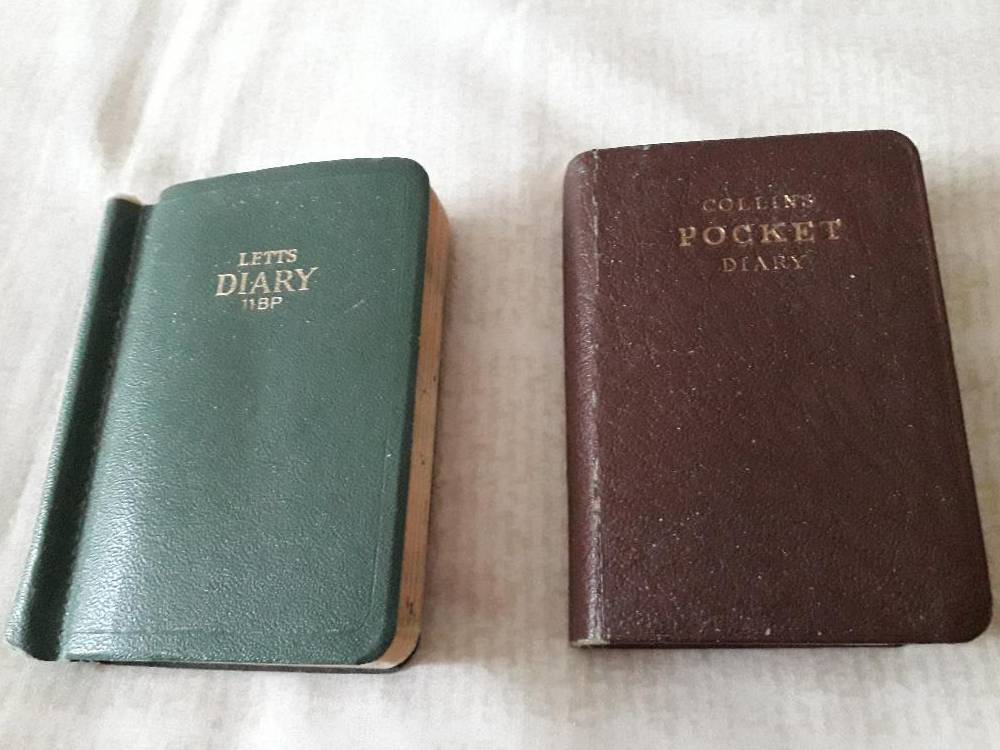Image: Wallpaper, Daisy (2) / © Victoria and Albert Museum, London
Liz Nicholls delves into the world of celebrated designer, maker & polymath William Morris thanks to a beautifully reissued V&A book
William Morris’s designs will be familiar to you, either by stealth (as the backdrop of your favourite pub) or as peacock flourishes you’ve chosen to adorn your own home.
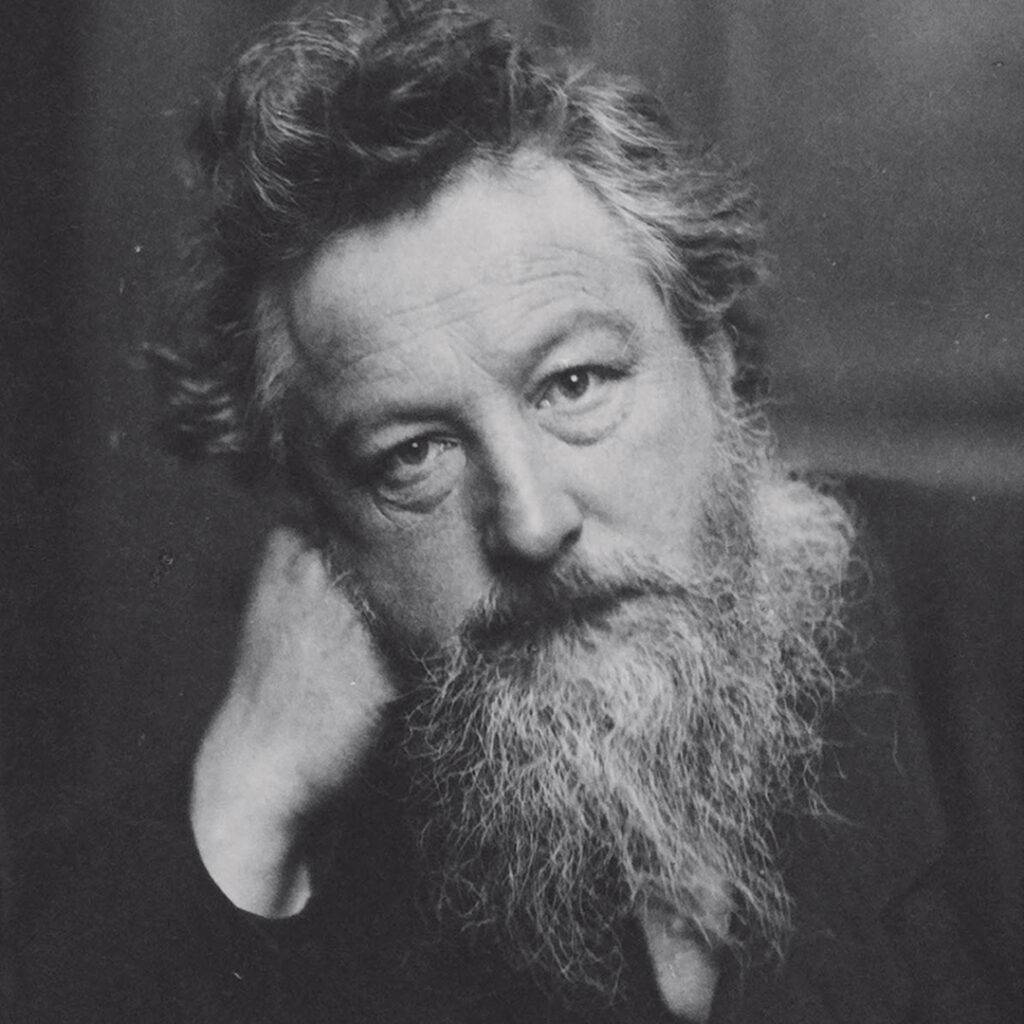
Image: William Morris, photographed by Frederick Hollyer, 1886 / © Victoria and Albert Museum, London
Such is the legacy of the man who said: “Have nothing in your houses that you do not known to be useful or believe to be beautiful.” What’s more, this pioneering radical believed in a utopian design democracy. This is why you’ll find his mesmerising patterns inspired by British wildlife, such as The Strawberry Thief, on walls, tea towels and… just about everything in between, in homes from the humble to the haughty, to this day. No individual has had such a lasting impact on the history of British design.
“Have nothing in your houses that you do not know to be useful or believe to be beautiful.”
What’s more, William’s world view and love life were as colourful as his exquisite creations, as William Morris, V&A, edited by Anna Mason, illustrates in lavish style. Where to start…?
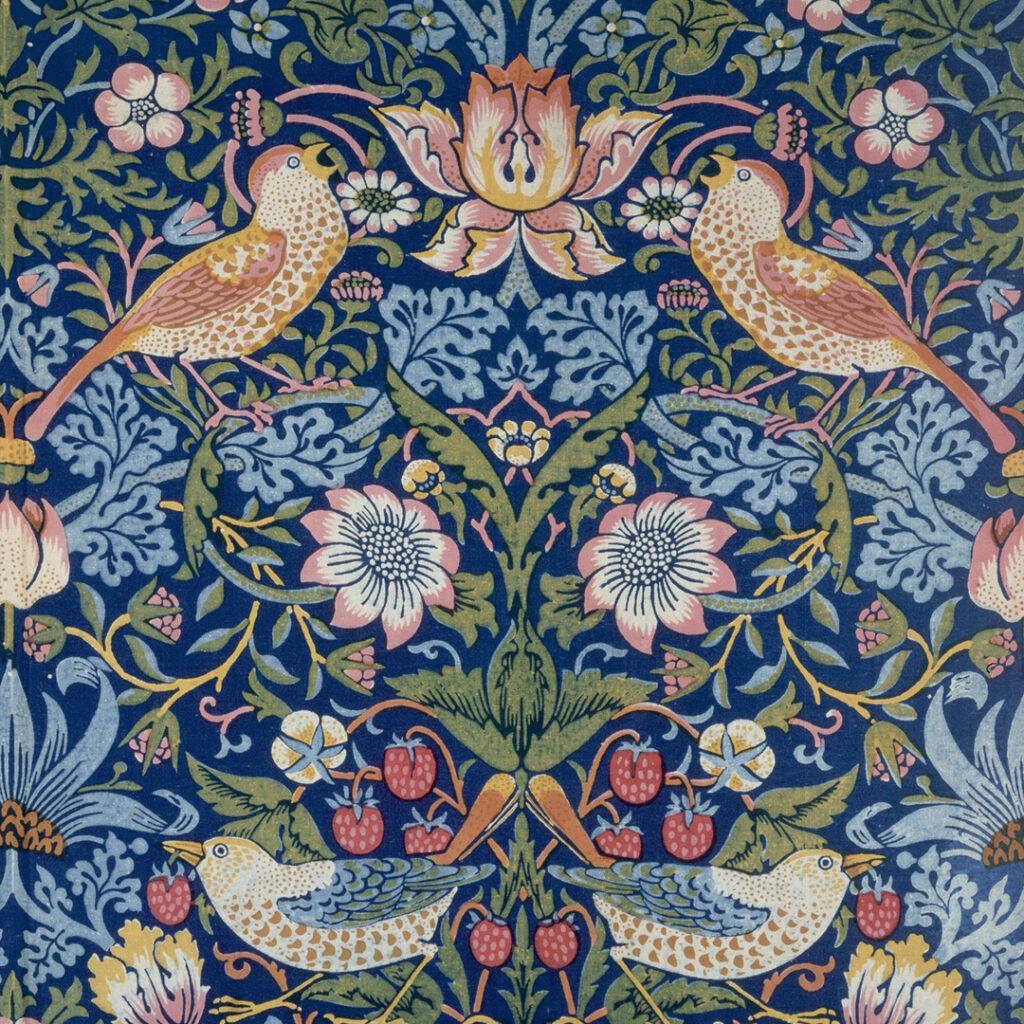
Image: Strawberry Thief. Designed by William Morris, registered 11 May 1883 / © Victoria and Albert Museum, London
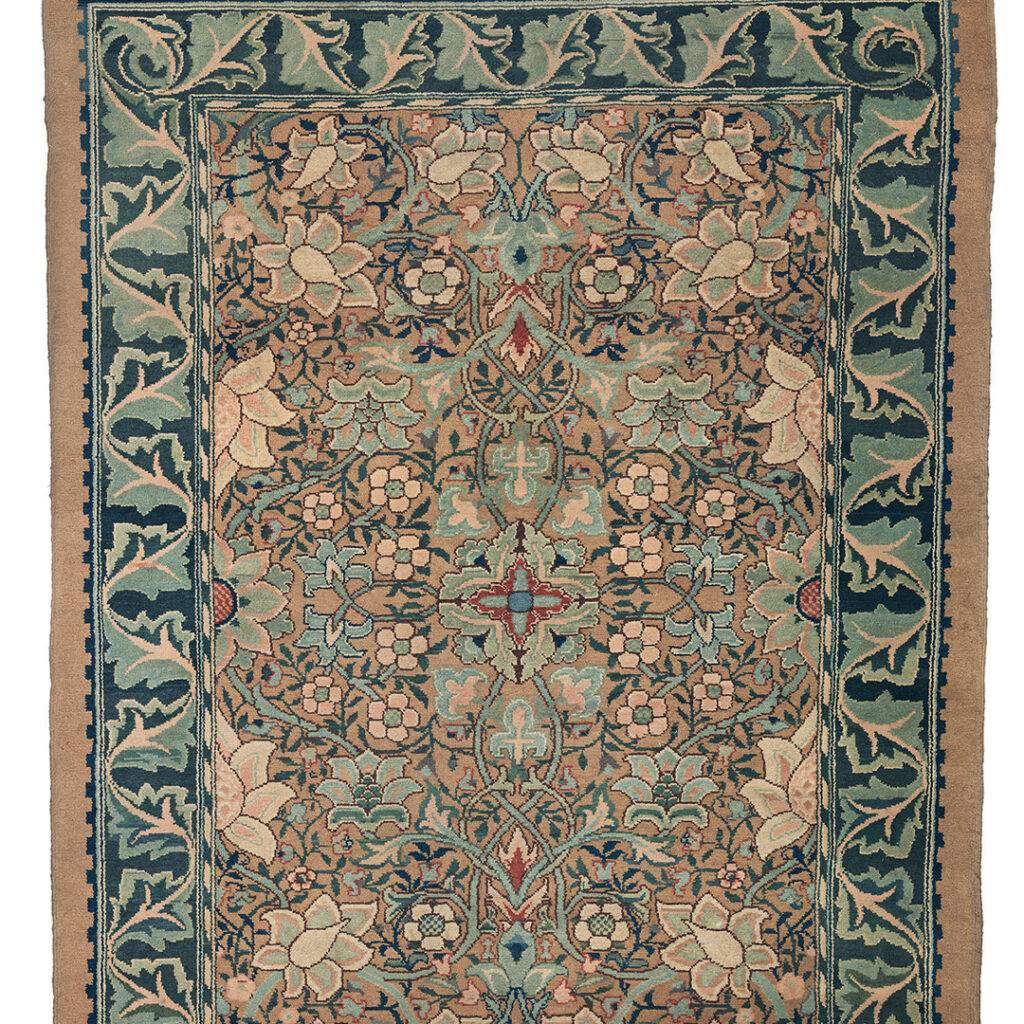
Image: Redcar Carpet. Designed by William Morris, 1881 / © Victoria and Albert Museum, London
William Morris was born in east London in 1834. The financial success achieved by his broker father gave him a privileged childhood, as well as inheritance. Time spent exploring parkland, forest and churches, and an enthusiasm for the stories of Walter Scott, helped William develop an early affinity with landscape, buildings and history. At Marlborough College he gained a reputation as an eccentric nicknamed “Crab” and loved the Savernake Forest and other local beauty spots.
He went up to Oxford University, reading classics at Exeter College, to prepare him for the Church. It was here that he met Edward “Ted” Burne-Jones, who was to become one of the era’s most famous painters, and Morris’s life-long friend. Ted introduced William to Dante Gabriel Rossetti – a central figure in the Pre-Raphaelite group – joining a team painting wild, whimsical murals at the Oxford Union. This led to a chance meeting with a local stableman’s daughter, Jane Burden. Never one to stick to snobbish class rules, William married Jane in 1859. Her striking looks were to make her a model of idealised beauty for members of the Pre-Raphaelite group for the next 30 years. As Anna Mason notes, Jane’s surviving correspondence reveals her lively and inquisitive mind, and their children Jenny and May were raised by creative, loving parents.
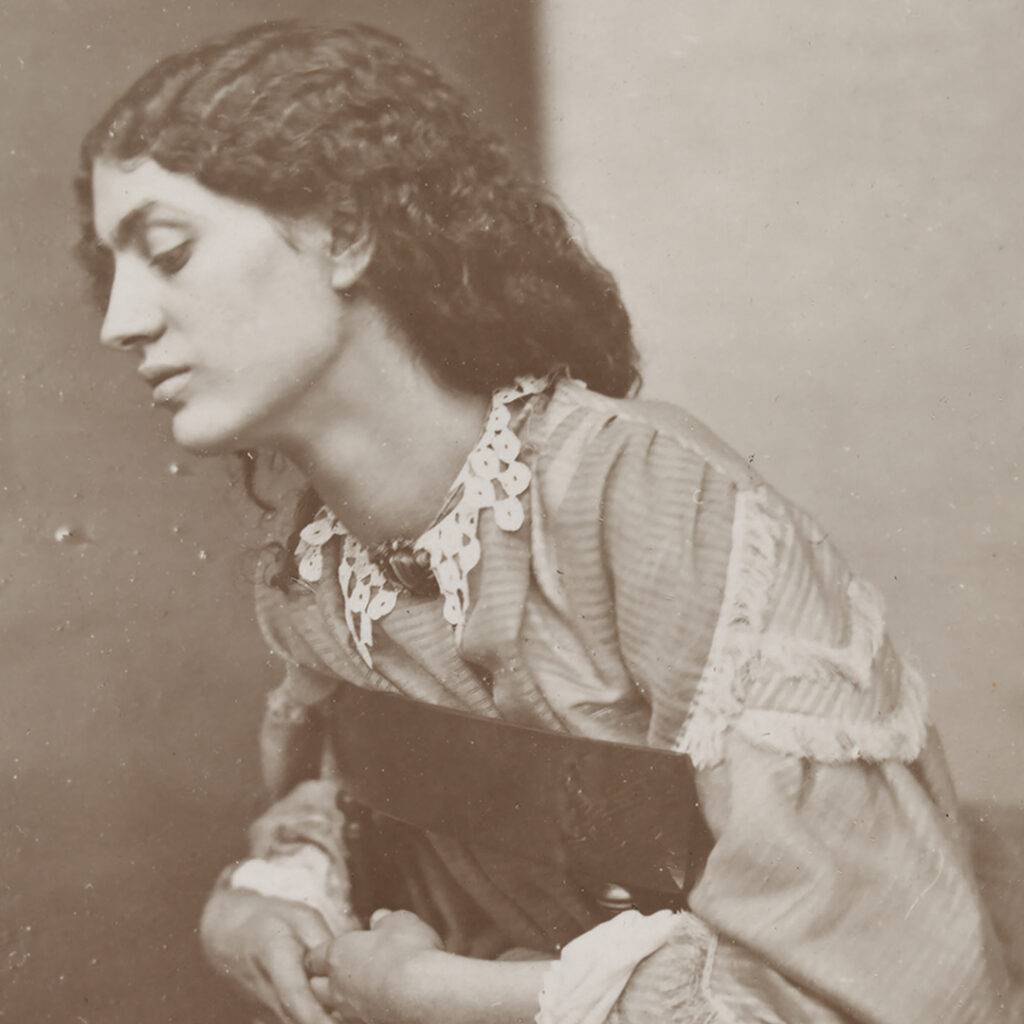
Image: Jane Burden, unknown photographer, 1868 / © Victoria and Albert Museum, London
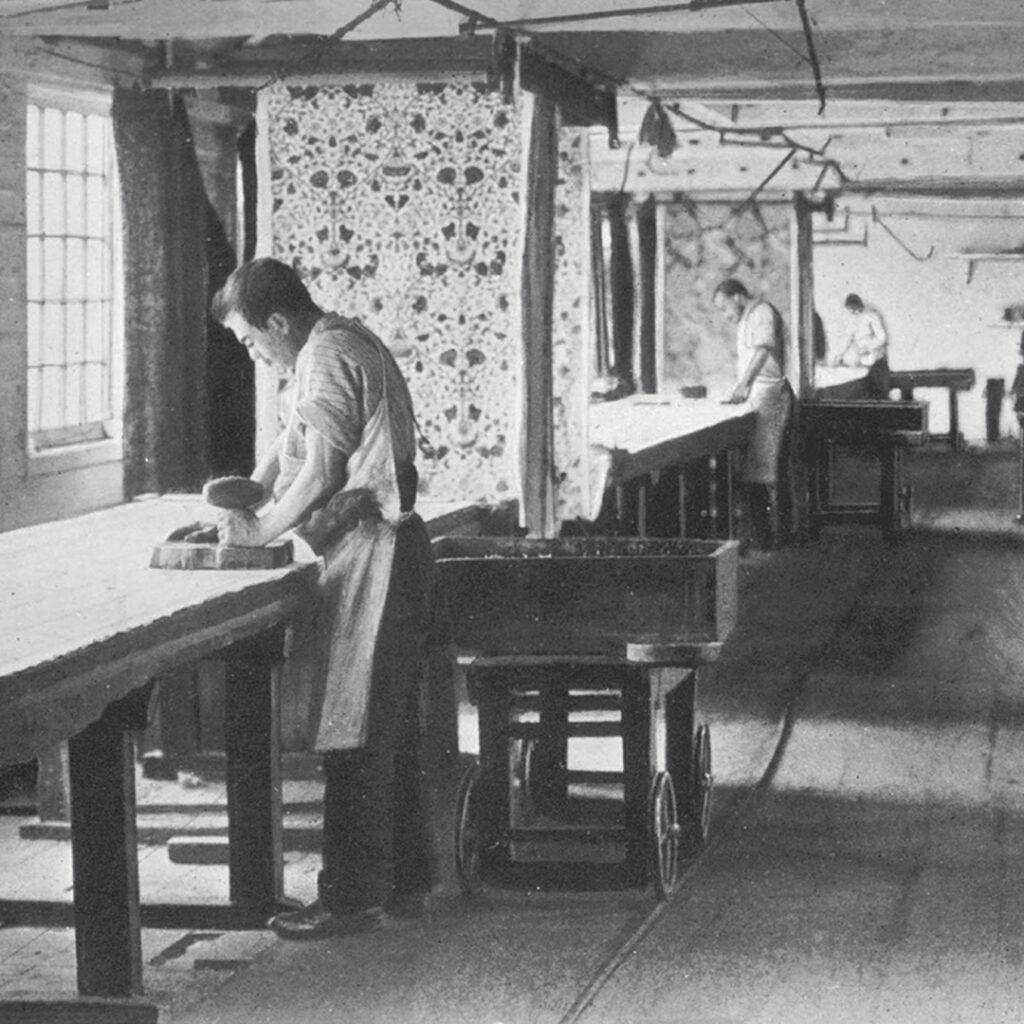
Image: The textile printing shed at Merton Abbey / © Victoria and Albert Museum, London
William and Jane moved into Red House in 1860 which they furnished and decorated. Meanwhile, Jane became Rosetti’s principal model and the relationship between them became romantic. However, there was no separation or scandal; William continued to treat his wife with kindness and respect. In 1871 they leased Kelmscott Manor in Oxfordshire, AKA “Heaven On Earth”, which inspired William’s design and literary works. It’s well worth a visit today; Kelmscott Manor
Over the next decade he continued to design at an impressive rate, adding at least 32 printed fabrics, 23 woven fabrics and 21 wallpapers – as well as more designs for carpets and rugs, embroidery and tapestry – to the company’s range of goods. By 1881 William had built up enough capital to acquire Merton Abbey Mills.
Towards the end of his career, William began to focus increasingly on his writing, publishing a number of prose narratives, including his most celebrated: News from Nowhere (1890). Infused with his socialist romantic ideals, this book offers his vision of a simple world in which art or “work-pleasure” is enjoyed by all.
William’s artistic versatility, technical prowess and imagination are evident across everything he tried, in fields including painting, drawing, stained glass, furniture, tiles and tableware, wallpaper, textiles, calligraphy and printing. The fruits of his creative mind and prolific work ethic remain in continuous production.
Visit V&A (vam.ac.uk) for more info & to shop.








